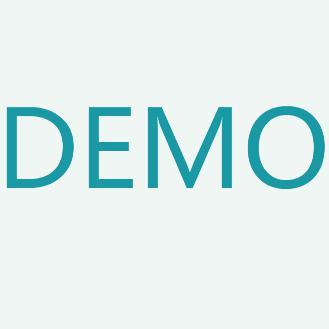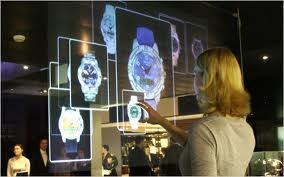Autonomous Vehicles (AVs) can potentially improve urban living by reducing accidents, increasing transportation accessibility and equity, and decreasing emissions. Realizing these promises requires the innovations of AV driving behaviors, city plans and infrastructure, and traffic and transportation policies to join forces. However, the complex interdependencies among AV, city, and policy design issues can hinder their innovation. We argue the path towards better AV cities is not a process of matching city designs and policies with AVs' technological innovations, but a process of iterative prototyping of all three simultaneously: Innovations can happen step-wise as the knot of AV, city, and policy design loosens and tightens, unwinds and reties. In this paper, we ask: How can innovators innovate AVs, city environments, and policies simultaneously and productively toward better AV cities? The paper has two parts. First, we map out the interconnections among the many AV, city, and policy design decisions, based on a literature review spanning HCI/HRI, transportation science, urban studies, law and policy, operations research, economy, and philosophy. This map can help innovators identify design constraints and opportunities across the traditional AV/city/policy design disciplinary bounds. Second, we review the respective methods for AV, city, and policy design, and identify key barriers in combining them: (1) Organizational barriers to AV-city-policy design collaboration, (2) computational barriers to multi-granularity AV-city-policy simulation, and (3) different assumptions and goals in joint AV-city-policy optimization. We discuss two broad approaches that can potentially address these challenges, namely, "low-fidelity integrative City-AV-Policy Simulation (iCAPS)" and "participatory design optimization".
翻译:自动驾驶汽车(AV)可能通过减少事故、增加交通可达性和公平性以及减少排放,潜在地改善城市生活。实现这些承诺需要AV驾驶行为、城市规划和基础设施以及交通运输政策的创新共同发挥作用。然而,AV、城市和政策设计问题之间的复杂相互依存关系可能会妨碍它们的创新。我们认为,向更好的自动驾驶城市的路径不是将城市设计和政策与AV技术创新相匹配的过程,而是一种所有三个方面同时和迭代地进行 原型设计的过程: 创新可以逐步发生,随着AV、城市和政策设计的打开和紧闭、解开和重新绑定。在本文中,我们问:怎样能够在AV城市和政策的结合创新中同时有效地进行三者的创新并向更好的AV城市迈进? 本文分为两个部分。首先,我们根据跨越人机交互/人机交互、交通科学、城市研究、法律和政策、运营研究、经济学和哲学领域的文献综述,绘制出许多AV、城市和政策设计决策之间的相互关系图,这可以帮助创新者在传统的AV/城市/政策设计学科范畴之间识别设计约束和机会。其次,我们审视了AV、城市和政策设计各自的方法,并确定了在将它们结合起来时的主要障碍:(1)AV-城市-政策设计合作的组织障碍,(2)多颗粒度AV-城市-政策模拟的计算障碍,以及(3)联合AV-城市-政策优化中的不同假设和目标。我们讨论了两种广泛的方法,它们有可能解决这些挑战,即“低保真度集成City-AV-Policy模拟(iCAPS)”和“参与式设计优化”。




